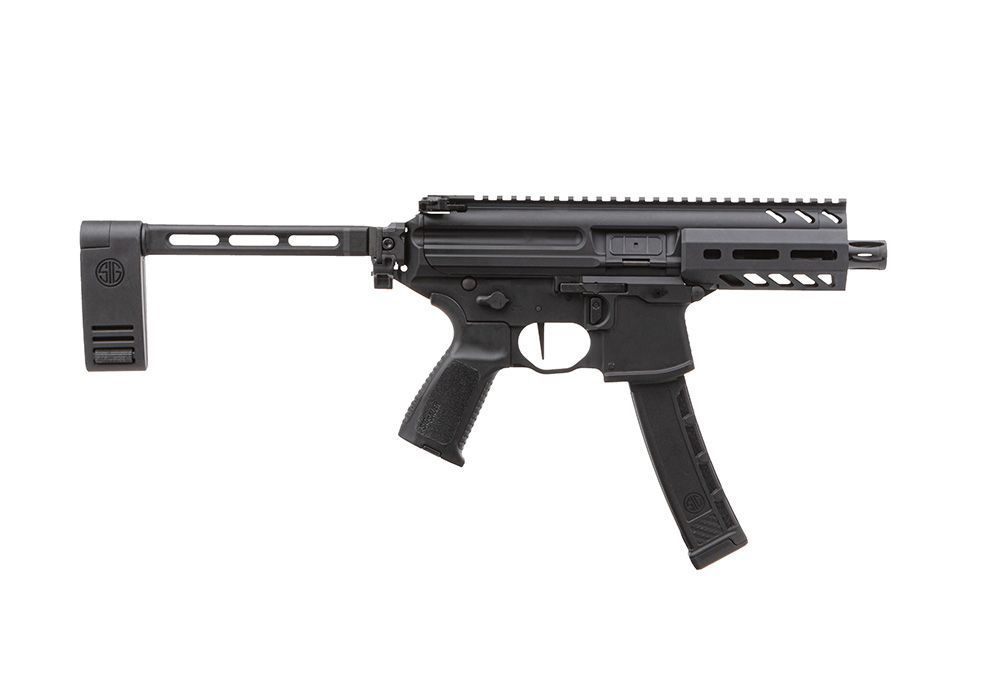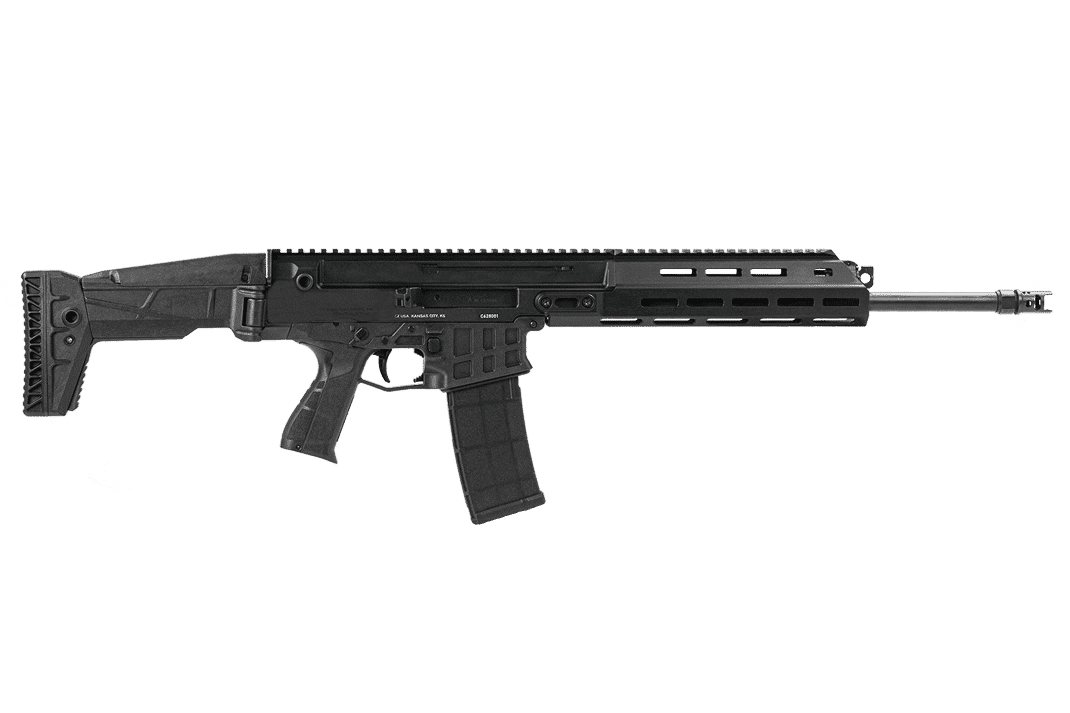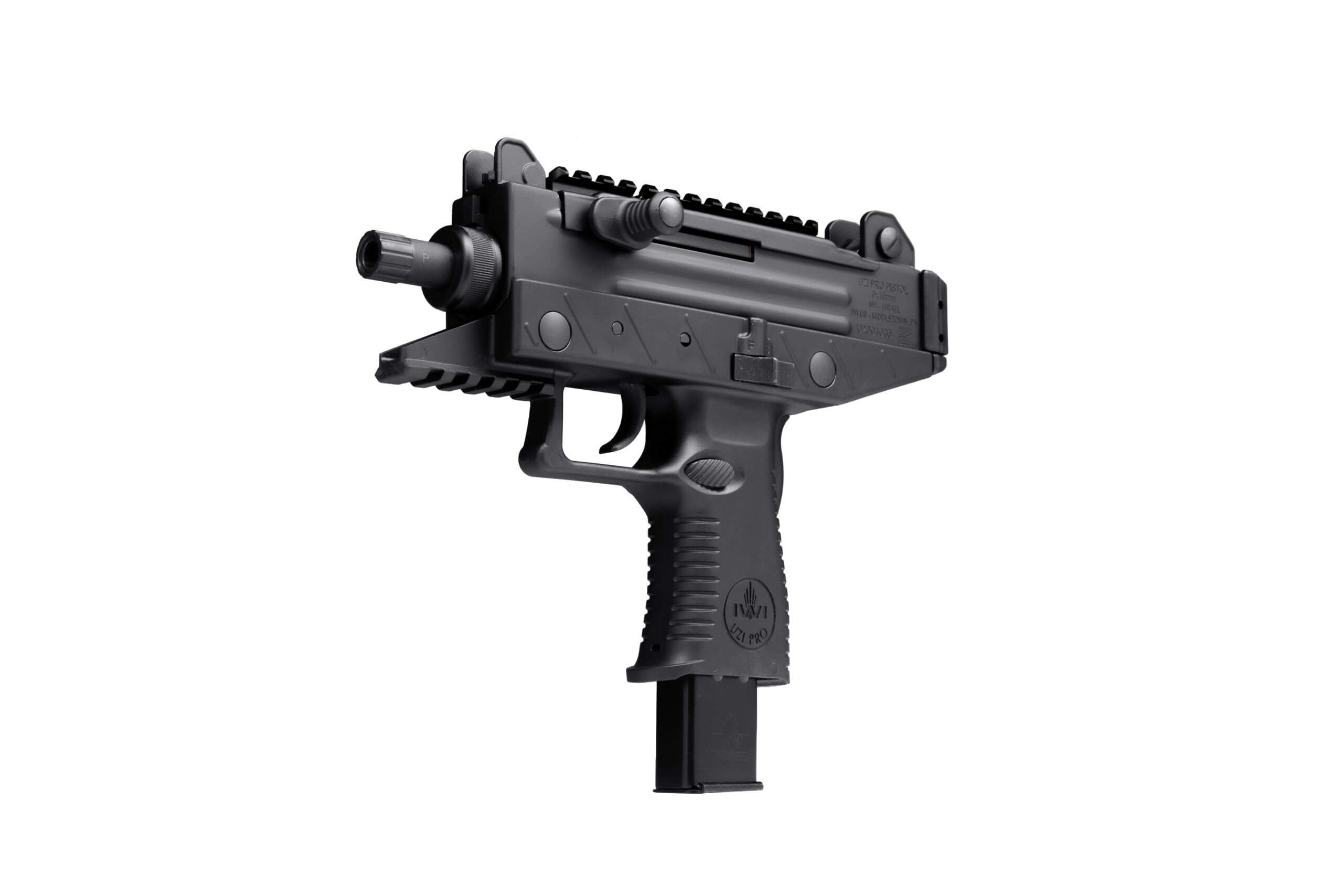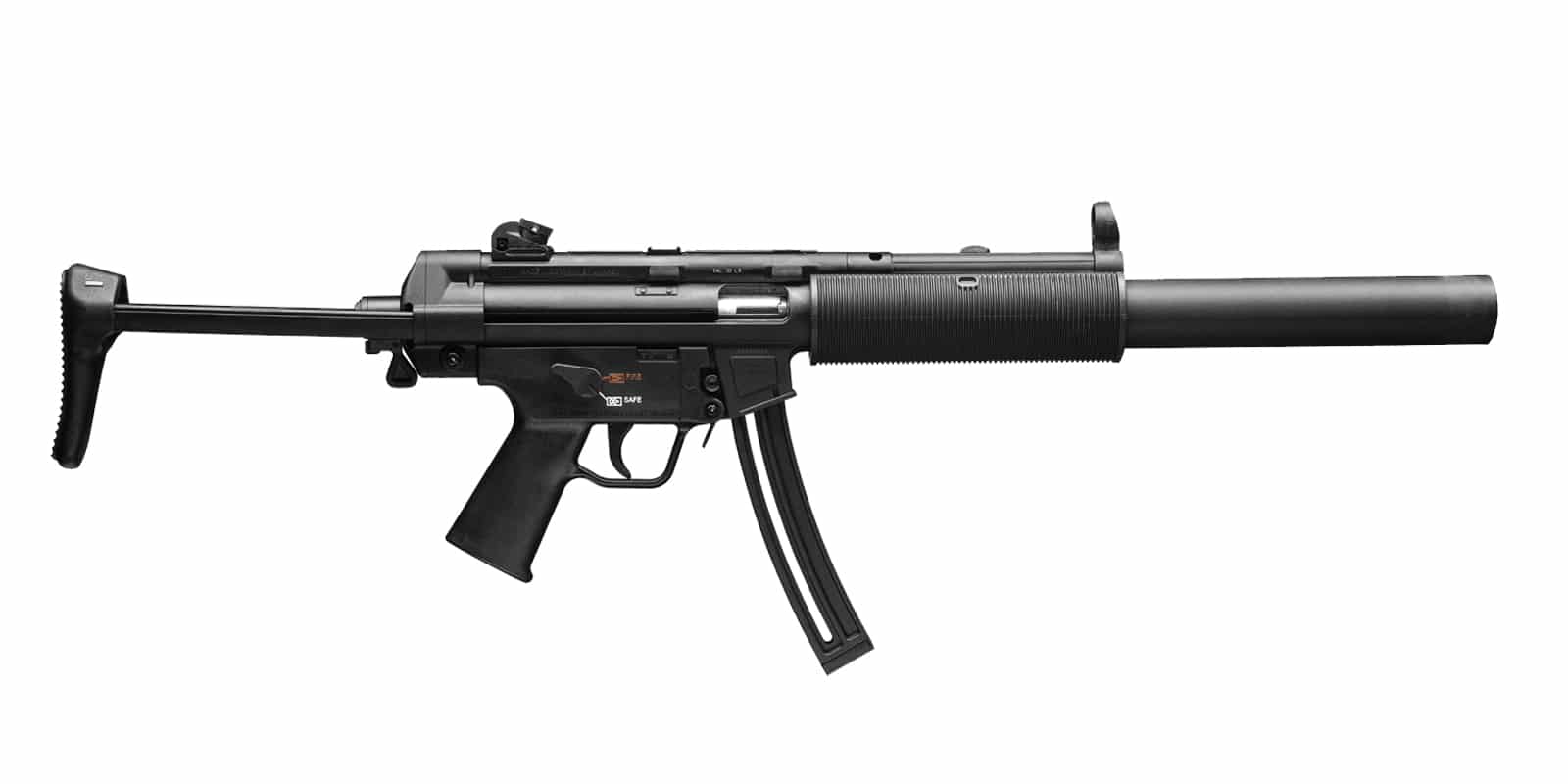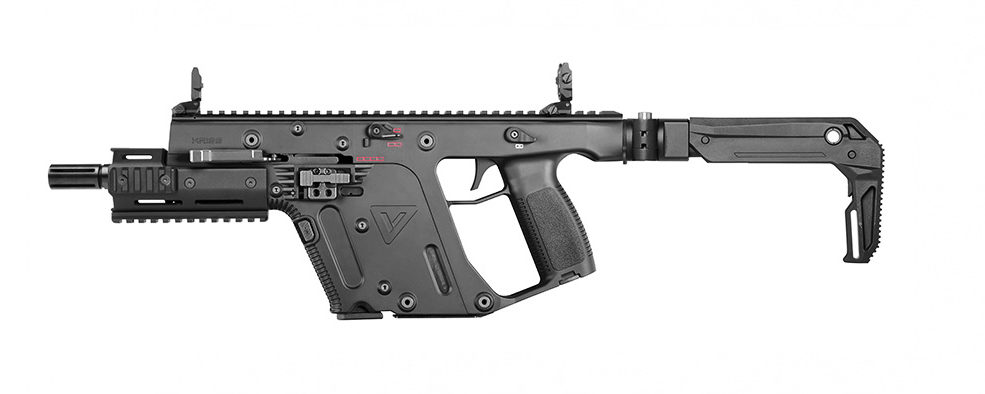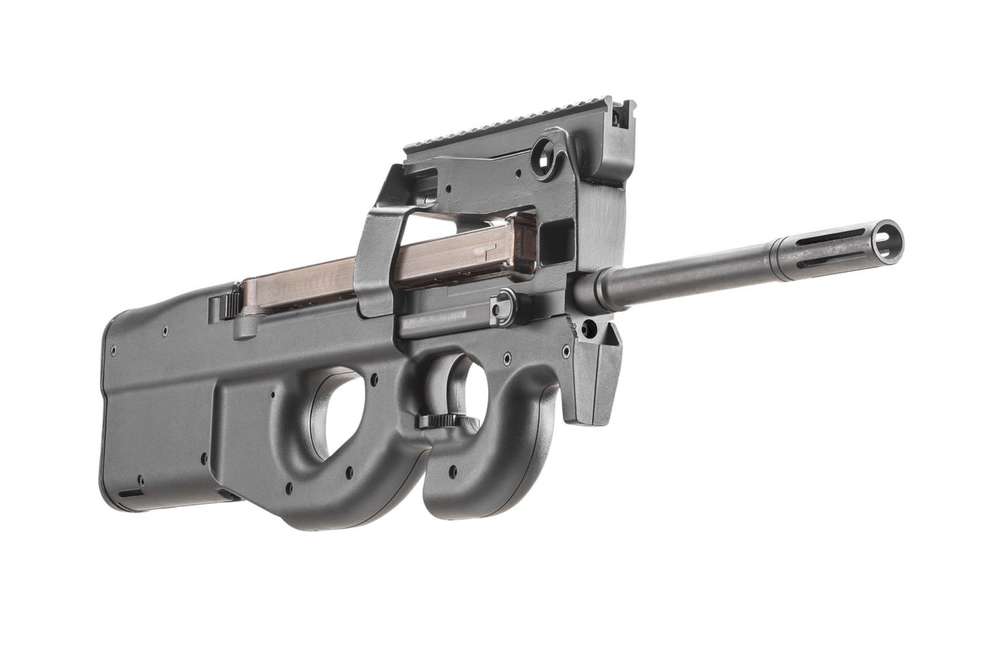Can I Own A Full Auto-Machine Gun?
Posted by Mandu Moses on Jul 26th 2024
Remember that iconic scene in The Terminator where Arnold Schwarzenegger mows down bad guys with an M16? Or how John Travolta dances through bullets in Pulp Fiction? Hollywood loves portraying machine guns as accessible, high-octane firepower. But in reality, owning a full-auto firearm in the real world is far less "pew-pew" and far more... complicated.
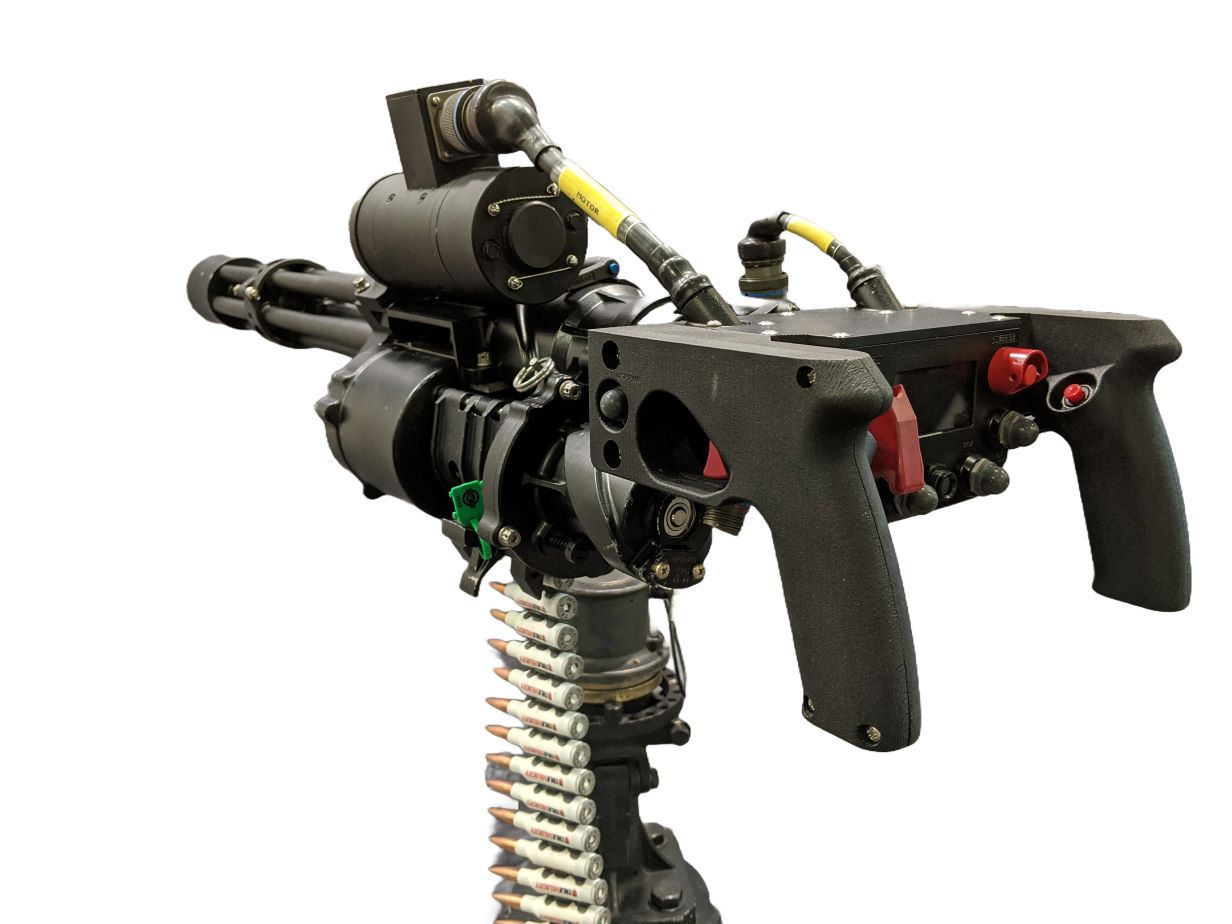
So, can you, just an ordinary citizen, walk into a store and buy a gun that can fire hundreds of rounds per minute? So, simply put; yes, you can own a fully automatic machine gun, but get ready for endless legal hoops.
A Historical Perspective on Full Auto-Machine Guns: Development, Usage, and Regulation
The whole discussion about owning full auto-machine guns is closely linked to their historical journey, usage, and subsequent regulation in the United States. Exploring this past provides a background for current talks on how easy they are to get and the possible dangers they pose.
Early Years and Utilization (19th Century - Early 20th Century)
- Precursors: In the 1800s, early rapid-fire arms like the Gatling gun (1862) showcased the potential for continuous automatic fire. However, their impractical design limited their use.
- The Emergence of Modern Machine Guns: Sir Hiram Maxim's invention of the recoil-operated machine gun in 1884 changed the game. Its ability to reload automatically and maintain a rapid rate of fire reshaped how wars were fought.
- Early Adoption and Influence: Colonial powers harnessed Maxim guns effectively in various conflicts, such as the Scramble for Africa, where their firepower created an uneven advantage. The Russo-Japanese War (1904-1905)further highlighted the weapon's lethality, leading to widespread adoption by major military forces.
Changing Views and Control (Early 20th Century - Present)
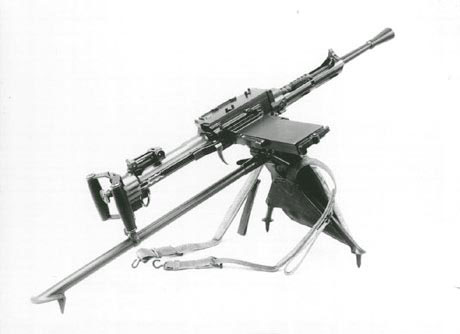
- World War I and the "Machine Gun War": The widespread use of machine guns in World War I resulted in unprecedented carnage, cementing their reputation for mass destruction and warfare.
- National Firearms Act of 1934: In response to gang violence and criminal activity, the National Firearms Act of 1934 began levying $200 on every transfer of ownership of machine guns, a move that effectively made them almost impossible for most civilians to acquire.
- Military Focus and Ongoing Advancements: Since World War II, machine guns have largely stayed within the realm of military and law enforcement. However, advancements in technology have led to lighter, more portable designs, blurring the lines between military weapons and personal firearms.
The Ongoing Discussion and Considerations
Owning these fast-firing weapons sparks fierce debate. Proponents cite rights and history, while opponents fear danger and violence. Both sides draw on the past, fueling this complex issue. Navigating it requires considering all perspectives and understanding the laws involved. Only then can we find common ground on the future of machine guns in our society.
Legal Framework
In the U.S., getting your hands on full auto-machine guns, commonly known as "machine guns," is a bit of a legal maze. While they're not flat-out prohibited, getting one involves navigating federal and, sometimes, state laws.
The NFA: Key Player in Machine Gun Rules

Photo by Somchai Kongkamsri
Established in 1934, the National Firearms Act (NFA) became the primary regulatory framework for machine guns in the United States. In 1986 it was amended to categorize certain firearms, including machine guns, as " Title II firearms," subjecting them to stricter controls beyond those applicable to conventional firearms.Here's a quick rundown:
- Registering: Any machine gun manufactured before May 1986 in the U.S. has to be registered with the Bureau of Alcohol, Tobacco, Firearms and Explosives (ATF). Prepare for extensive paperwork, fingerprinting, and a $200 transfer tax – it's not a quick or inexpensive process.
- Transfer Tightrope: Moving machine guns across state lines is subject to strict controls and oversight. Only licensed firearms dealers are authorized to handle such transactions, and both buyer and seller must undergo rigorous background checks and obtain federal approval.
- New Machines? Not So Much: The Firearm Owners Protection Act of 1986 (FOPA) made a curtain call for new machine guns. Anything created after May 1986 couldn't join the club, making it a closed system for the existing machine gun squad.
NFA's Grip on Ownership
NFA's rules put a tight squeeze on machine gun availability and pricing. The closed registry keeps them in short supply, causing prices to soar. A regular machine gun can easily hit tens of thousands of dollars, while rarer models might fetch up to hundreds of bucks. Additionally, the lengthy, pricey transfer process acts like a barrier, turning away potential buyers.
Recent Legal Changes
Bump Stocks Rollercoaster: In 2018, the Trump administration implemented a ban on bump stocks, devices that can increase the firing rate of semi-automatic rifles, allowing them to function like automatic weapons. A federal court in 2020 overturned the Trump administration's bump stock ban, ruling that the Bureau of Alcohol, Tobacco, Firearms and Explosives (ATF) had no authority to implement the ban without Congressional approval.
Requirements and Restrictions
Getting your hands on a full auto-machine gun can be a bit of a puzzle, especially in the United States. Here’s what you need to consider:
Eligibility Check:
If you're looking to own a full auto-machine gun, you've got to be:
- On the Right Side of the Law: No felonies, history of domestic violence, or mental health history.
- 21 and Up: It's the minimum age requirement for owning any firearm in most states.
- Local Dwellers: Living where you want to own it; residency rules might vary.
Permits and Papers:
You need to gather the right papers. This involves:
- Federal Firearms License (FFL): Not required, but If you're in the US, this license is your golden ticket to buy and use machine guns.
- Tax Stamp: A fee of $200 to the Bureau of Alcohol, Tobacco, Firearms, and Explosives (ATF) for each machine gun.
- Fingerprinting and a Checkup: Performing a background check to make sure you're ticking all the eligibility boxes.
- Local Authorization: Some states have additional requirements.
Conditions and Boundaries
- Pre-1986 Machine Guns: In the US, only the vintage models from before May 1986 are approved for civilian ownership. That means fewer options and heftier price tags.
- Lock It Up: Your machine gun must be securely locked away such as in a vault which often comes with specifications on how they should be built and secured.
- Shoot Smart: Using a machine gun is usually restricted to approved ranges and lawful purposes.
Costs and Availability
In the United States, owning a fully automatic machine gun is a complex and expensive endeavor. Not only does the firearm carry a hefty price tag, but stringent regulations significantly restrict acquisition.
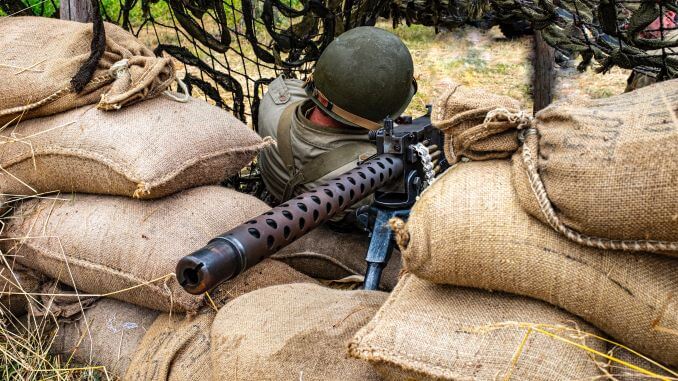
Photo by Rik Schots
Expenses
- Firearm Variety: The sole civilian-legal choice for machine guns are those crafted before 1986, deemed as collectors' items. Their price ranges from $10,000 to well over $100,000, contingent upon factors like model, condition, and historical significance. Coveted models such as the M16 or MP5 can effortlessly surpass $20,000.
- Additional Charges: Beyond the firearm's cost, ownership entails several associated fees:
- Storage: A secure storage solution, like a gun safe, is imperative, introducing additional costs.
- Background Scrutiny: A mandatory, comprehensive background check incurs fees that range by state.
- $200 Tax Stamp: A federal tax enforced by the Bureau of Alcohol, Tobacco, Firearms and Explosives (ATF) for each machine gun transfer.
Limited Accessibility
- Scarce Supply: The 1986 ban on new machine gun production for civilians has restricted the pool to pre-ban firearms, fostering a competitive and pricey market.
- Transfer Procedure: Procuring a machine gun involves a prolonged, bureaucratic process. Buyers navigate federal and state regulations, encompassing extensive background checks, applications, and ATF approvals. This transfer process may extend to a year or more.
- State Restrictions: Certain states impose extra restrictions or outright bans on civilian machine gun ownership, further constraining accessibility.
Challenges
- Financial Hurdle: The hefty financial entry requirement confines machine gun ownership to a select few.
- Legislative Complexity: The intricate legal terrain and lengthy acquisition process can be intimidating, even for the most ardent enthusiasts.
- Social Perceptions: Owning a machine gun might in some communities attract controversy, with potential owners grappling with social disapproval.
Public Perception and Safety Concerns
The question of whether individuals should be allowed to own full auto-machine guns is a complex one, often fueled by strong emotional arguments on both sides. Understanding public perception and safety concerns is crucial for any informed discussion.
Love automatic guns but not the hassles? Here are exciting ways to play without owning.
For folks who love automatic firearms but find the legal stuff and owning them too complicated, there are cool ways to get a similar experience legally.
- Head over to special shooting ranges or shot shows with machine gun rentals.
- Use virtual reality (VR) simulations. It's like stepping into a video game where you get to fire automatic guns in realistic settings, all from the comfort of your home. No real guns or worries, just pure shooting fun.
7 Best Sub-Machine Guns For You
Everyone loves the thrill of owning an auto-machine gun. However, based on the hassles one goes through to own or limitations and hurdles strategically placed to hinder free ownership, you might consider the next best alternative.
Here’s a list of the best 7 submachine guns in the market today:
Sig MPX - K
|
The Sig MPX is a modern modular sub-machine gun designed for adverse conditions.
Features:
- Short-stroke gas piston system for reduced recoil and improved reliability
- Versatile
- User-friendly design
- 9mm ammo capacity of 20 or 30 rounds
CZ Scorpion
|
|
The CZ Scorpion is a lightweight and compact submachine gun designed for easy maneuverability in confined spaces.
Features:
- A blowback system for robustness and reliability
- Polymer lower receiver and a metal upper receiver
- Chambered in 9mm Parabellum and uses a 20 or 30-round translucent polymer magazine
- A threaded barrel and a non-reciprocating charging handle
- Robust dynamic slide and excellent ergonomics.
|
The B&T MP9 is a compact and lightweight submachine gun designed for agility and concealability.
Features:
- Polymer frame with a side-folding stock
- Metal upper receiver with a top rail
- Built-in vertical foregrip
- Three-position fire selector
- Transparent polymer detachable box magazines
- Chambered for the 9x19mm Parabellum cartridge
Uzi
|
The Uzi is a submachine gun that is known for its iconic design and simplicity.
Features:
- Uses an closed-bolt blowback system to fire bullets.
- A steel receiver with folding or fixed stock.
- Grip safety
- Dual-feed magazine
- Steel magazines holding 20, 25, 32, or 40 rounds of 9mm ammo.
HK MP5 - .22LR
|
The HK MP5 is a compact and versatile submachine gun known for its smooth and accurate performance.
Features:
- Delayed-blowback roller-locked system
- Stamped steel receiver and retractable or fixed stock
- Fire selector to switch between firing modes
- Three-lug barrel
- Curved steel magazines chambered for 9mm ammo.
Kriss Vector
|
Features:
- Super V Recoil Mitigation System
- Magazine Compatibility depending on the caliber, such as 9mm, .40 S&W, 10mm, or .45 ACP.
- Polymer Lower Receiver and A Folding Stock
- Full-length Picatinny Rail System
- Downward-Ejecting Magazine Well
- Pivoting Trigger System
- Caliber Interchangeability
FN PS90
|
|
Features:
- Blowback operation in a closed bolt system
- Polymer body with integrated stock
- Top-mounted optical sight with backup iron sight
- Horizontal magazine
- Two-stage trigger
- Translucent polymer magazines
- Superior performance and penetration
The Bottom Line
Owning a full-auto machine gun in the US is complex. Forget buying one at your local gun store. These weapons fall under strict rules due to safety concerns, despite the right to bear arms existing. You can still buy older ones, but it's expensive and lengthy. It's a personal choice requiring careful thought about the law, the money, and the responsibility of owning such a powerful firearm.
More About Gun Laws: Traveling With Your Concealed Carry Firearms within the U.S.

